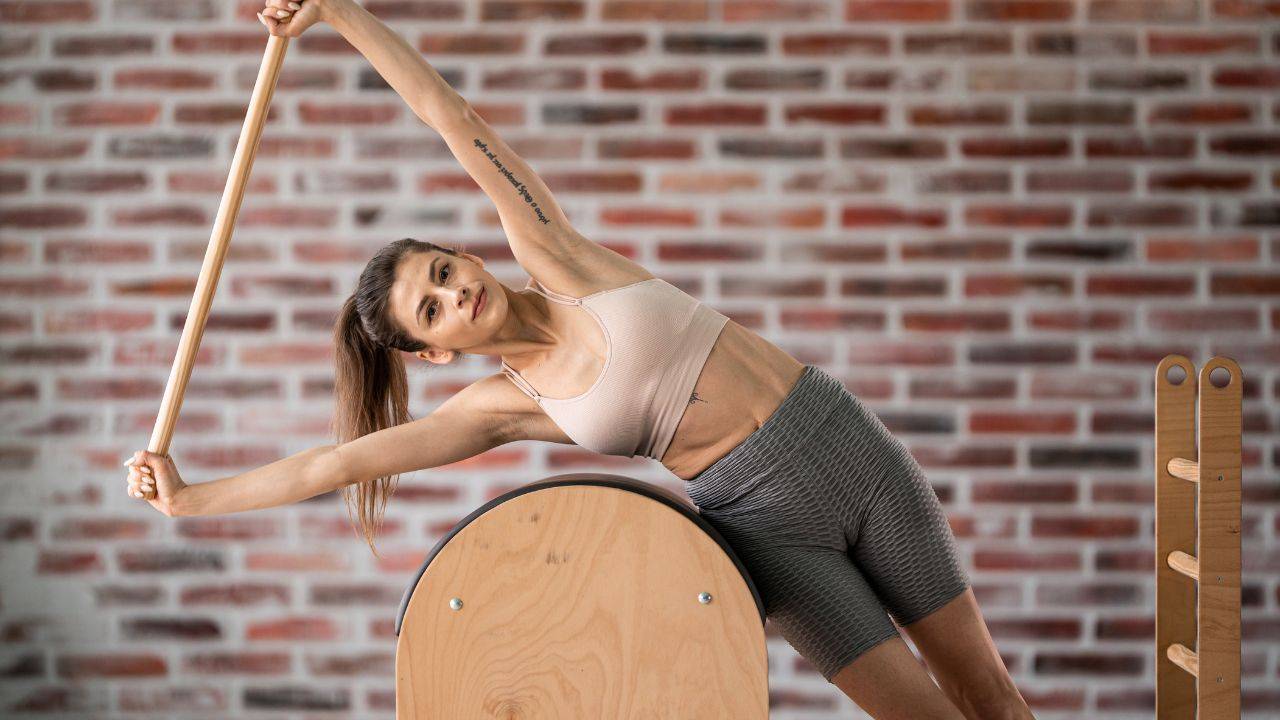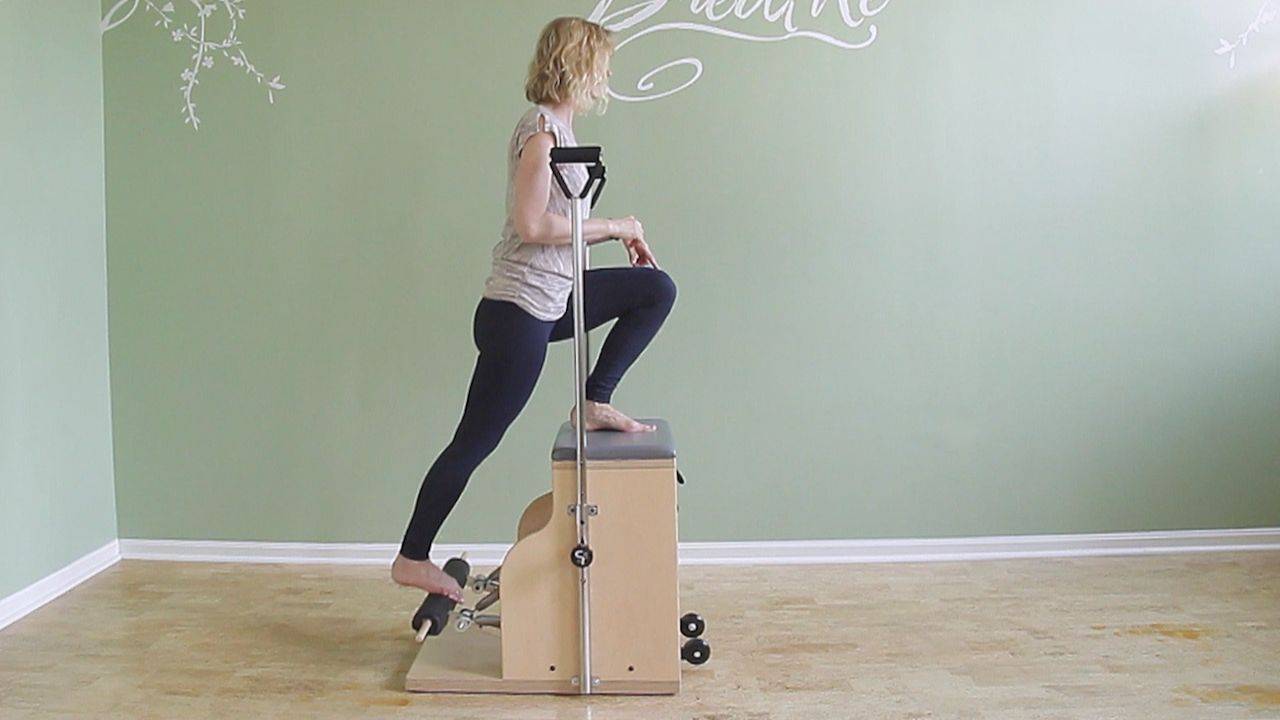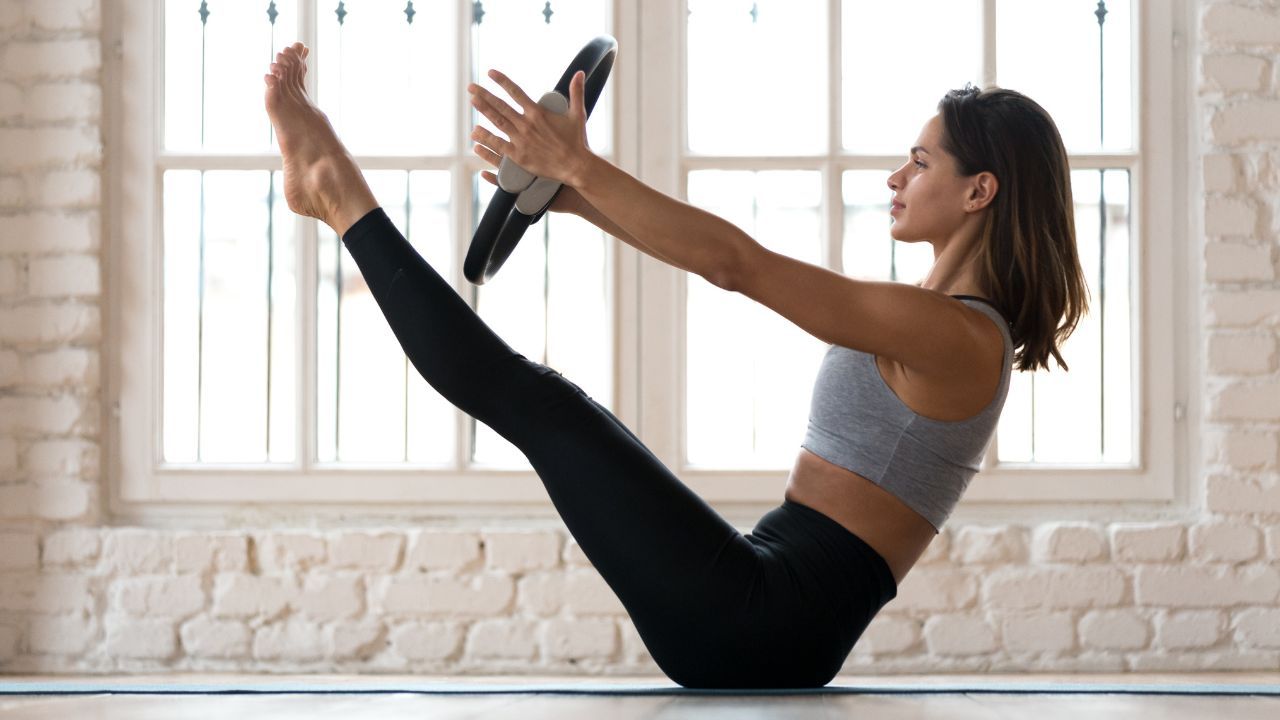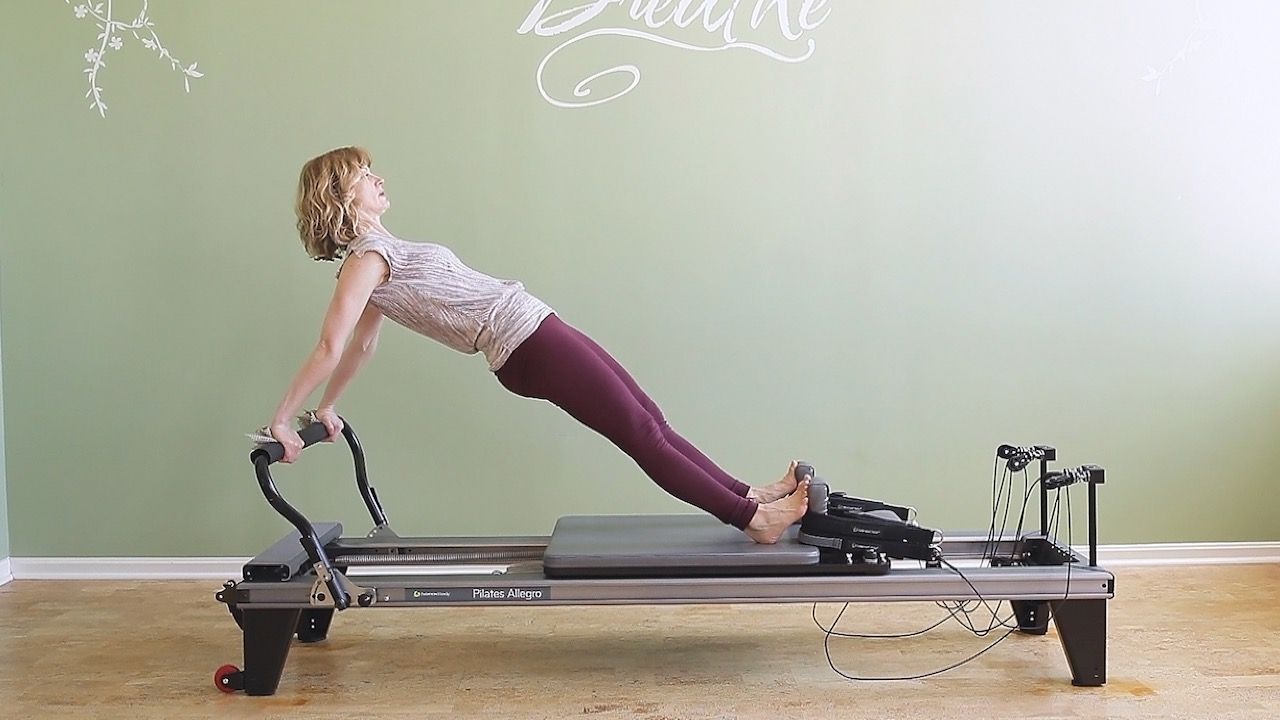Understanding Planes of Movement
Jun 19, 2019
Anatomy is one of the most important things you’ll learn in your training to become a Pilates instructor. However, there's an aspect of anatomy training that has confused many students over the years: the planes of movement. Having a clear understanding of the planes is key to determining what's going wrong in a movement and what our clients need. Unfortunately, many anatomy books explain it in a very confusing way. I'm here to help with a clear explanation so you can start applying it to your practice and teaching.
Let's start with the sagittal plane. This plane is commonly described as dividing the body in right and left halves. But instead of picturing a line going through the middle of your body, imagine a line on each side of your body, as if you're stuck between two walls. Now imagine you can only move within these two walls. For example, you could move your arms forward and back, but not out to the sides. You can’t even turn your torso because they’re stuck between the walls.
The frontal/coronal plane supposedly divides the body into front and back halves. Instead, imagine one wall directly in front of your nose and one right behind your back. Now, you can only move out to the sides. If you try to twist, you'll hit the wall so you can’t do that.
The transverse plane allows for rotation. For example, if the plane is dividing your spine in half you can only move above or below it, perhaps twisting the upper body. If the plane is at your hip joint, you can rotate the leg.
Let’s look at a few exercises and see which plane we're moving in for each of them.
- Imagine you’re sitting on the Pilates Chair with your feet on the pedal and you are pushing the pedal up and down. What plane are your hip joints moving on? The sagittal plane.
- For Ankle Pumps on the Chair, your ankle is moving in the ... can you guess it?... sagittal plane again.
- For Mermaid, you’re moving on the frontal plane.
- In Side Plank on the floor, your arm is abducted so that would be the frontal plane as well. What if we add a forward and back kick with the top leg? Now the leg is moving in the sagittal plane.
Anytime you’re doing a twist, that’s always the transverse plane.
Now I want to hear from you: Do you regularly plan to include frontal and transverse plane exercises in your classes or sessions?
Inside the Pilates Encyclopedia member library, you'll find each Pilates exercise on all apparatuses categorized by plane of movement. Learn more and get immediate access...










